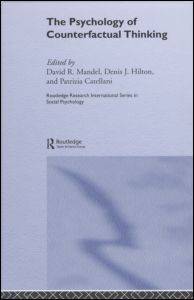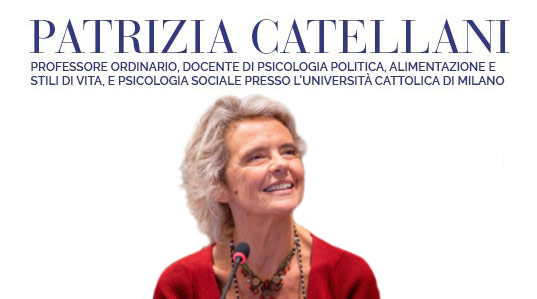 Mandel, D., Hilton, D. & Catellani, P. (2005). Introduction, pp. 1-7. Catellani, P. e Milesi, P. (2005). When the social context frames the case: Counterfactuals in the courtroom, pp. 183-198. In D. Mandel, D. Hilton e P. Catellani (a cura di), The psychology of counterfactual thinking. Routledge, London.
Mandel, D., Hilton, D. & Catellani, P. (2005). Introduction, pp. 1-7. Catellani, P. e Milesi, P. (2005). When the social context frames the case: Counterfactuals in the courtroom, pp. 183-198. In D. Mandel, D. Hilton e P. Catellani (a cura di), The psychology of counterfactual thinking. Routledge, London.![]()
ISBN 978-0-415-75865-9
A
fter starting the chapter with a brief survey of studies showing the links between counterfactual thinking and responsibility attribution in the judicial context, we focus our attention on studies investigating the so-called exceptionality effect; namely, how counterfactual mutability may be constrained by abnormality in the sense of violation of intrapersonal norms. We then devote the major part of the chapter to the two categories of psychosocial constraints envisaged by our Social Context Model of Counterfactual Constraints. First, we present recent research results supporting the existence and the strength of a nonconformity effect, according to which, under given circumstances, people would be especially inclined to focus counterfactuals on actors’ behaviors that do not conform to social norms. Then, our attention shifts from the context of the event to the context in which the event is reconstructed. We offer empirical evidence of how role-related expectations and aims of people reconstructing the event may affect counterfactual mutability. In the final discussion, we suggest that the Social Context Model of Counterfactual Constraints might be usefully extended from the judicial context to other real-life contexts in which counterfactual thinking is widely employed.
 Italiano (IT)
Italiano (IT)  English (UK)
English (UK) 
